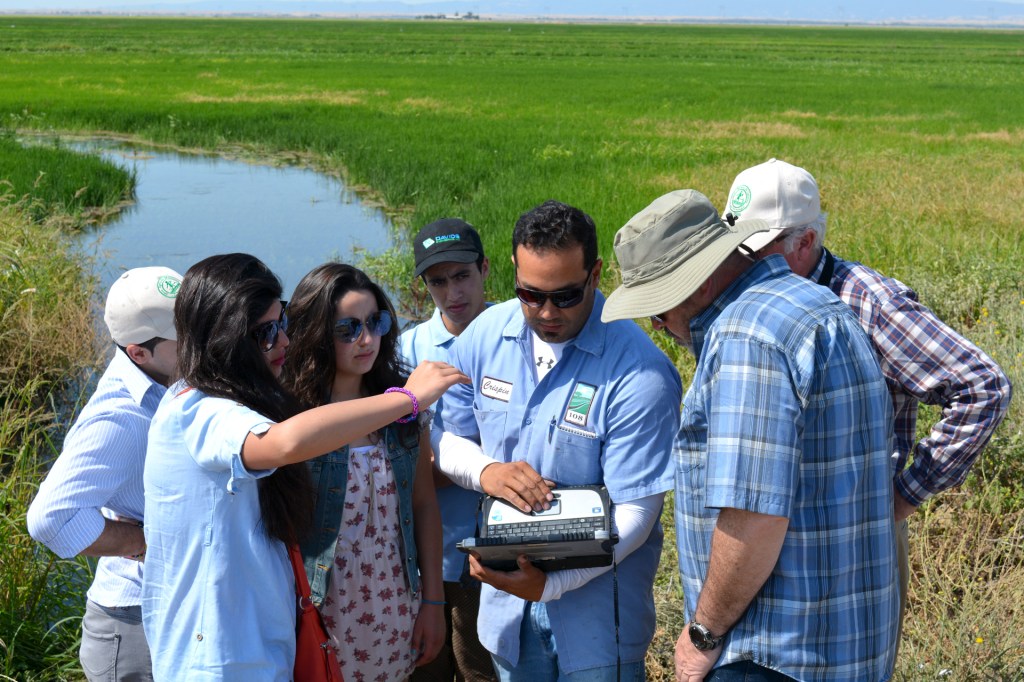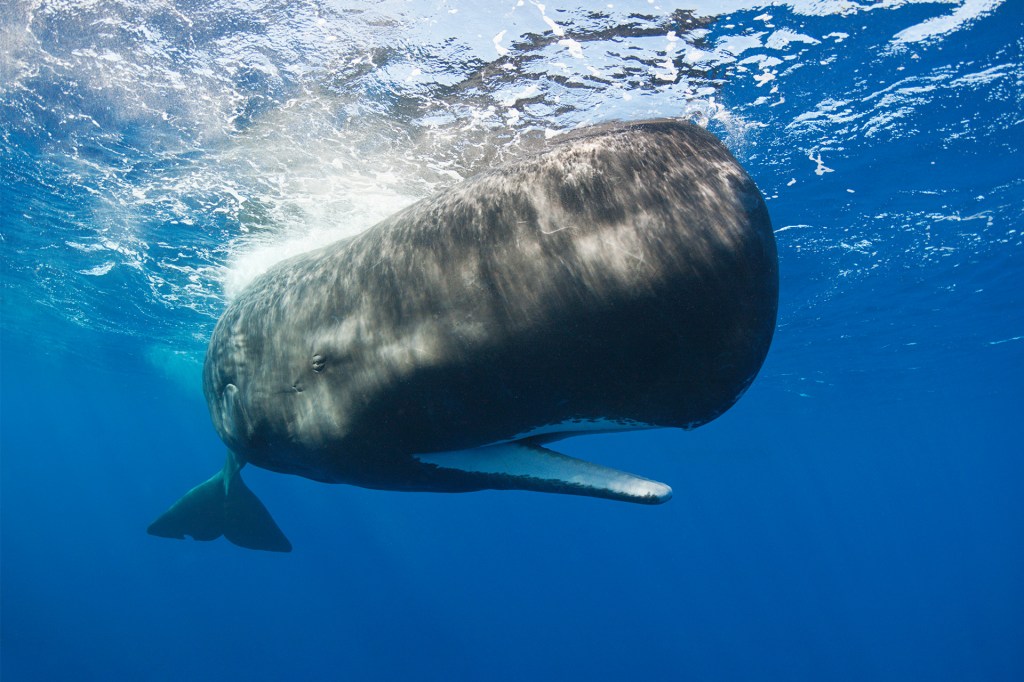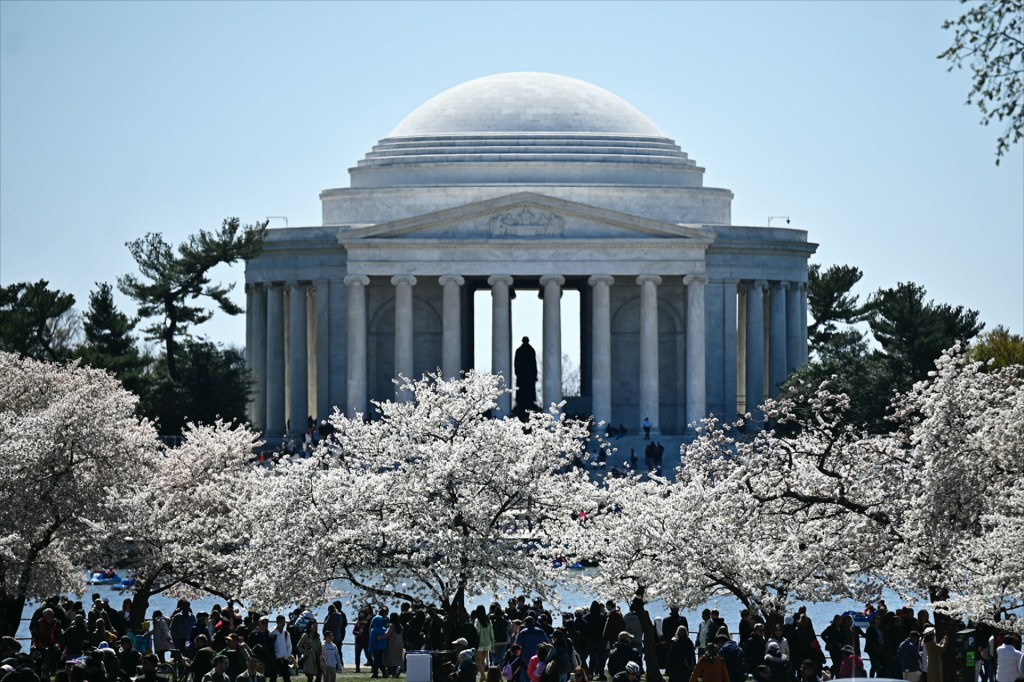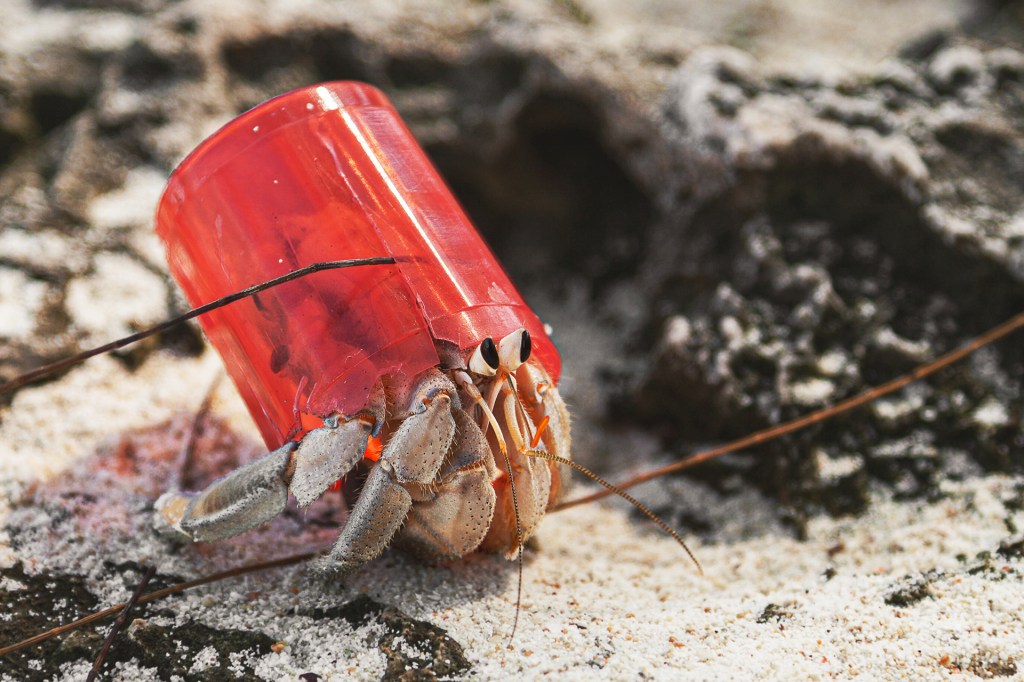Making a Better World
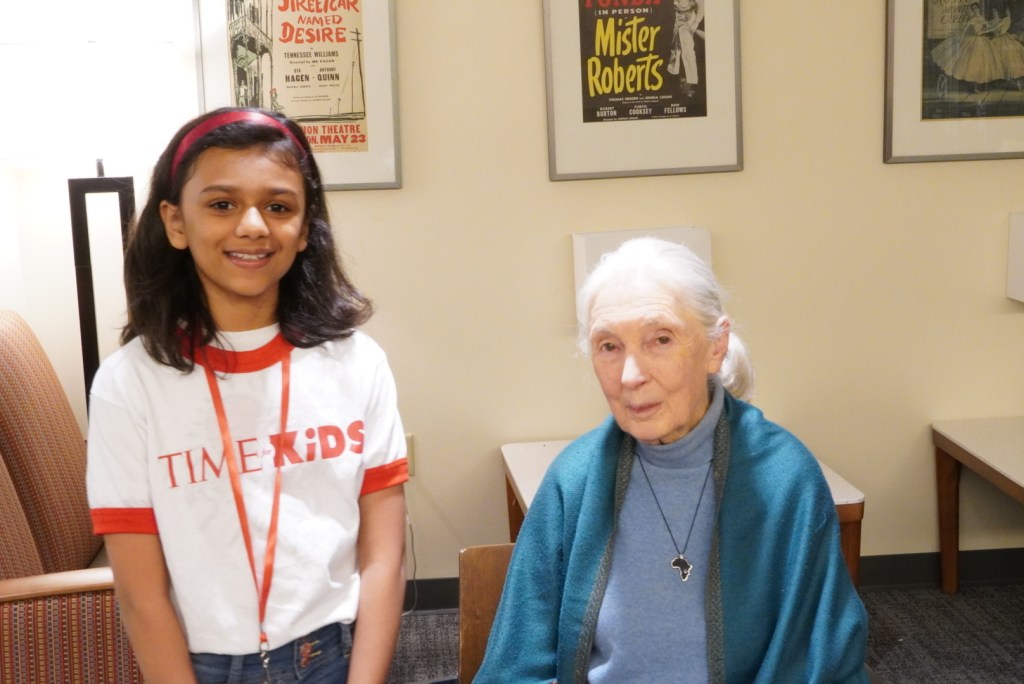
Imagine venturing into the depths of the jungle to observe the chimpanzees who call it home. With a scrawl in your notepad and a click of your camera, you document groundbreaking information about the species. Sounds awesome, right? Jane Goodall did just that. In March, she recounted the experience to an eager audience at the University of Wisconsin–Madison.
When Goodall was young, reading and exploring nature were her ideas of fun. Her mother encouraged her to learn and ask questions. Goodall dreamed of seeing the habitats of her favorite animals firsthand.
In 1957, when she was 23, Goodall visited a farm in Kenya, Africa. There, she met the famous paleoanthropologist Louis Leakey. He was looking for someone to study great apes, mainly chimpanzees, for what they could reveal about early human history. Once he got to know Goodall, he knew she was the perfect person for the job.
Goodall arrived in Tanzania, East Africa, in July 1960, and journeyed to the Gombe Stream Chimpanzee Reserve. She learned early on that studying chimpanzees wouldn’t be easy. To observe them up close, she had to gain their trust. That took months. To her, the chimpanzees were complex creatures with lives surprisingly similar to ours. She rejected the practice of identifying chimps by numbers and gave each of them a human name.
In October 1960, Goodall was observing chimps she’d named David Greybeard and Goliath. She watched as they made tools out of grass stems to pick termites out of a nest. Until then, people thought humans were the only species that used tools. Because of Goodall’s discovery, chimpanzees are now accepted as intelligent, social animals.
Goodall established the Jane Goodall Institute in 1977, to provide conservation and environmental education. In the late 1980s, her focus shifted to something much larger. Deforestation and climate change were affecting the world’s natural habitats. The vegetation chimpanzees depended on for food was in danger. Goodall left Gombe to help. The fight she began against habitat loss continues today, through animal sanctuaries and research sites.
Throughout her life, Goodall’s work has protected the lives of people and animals around the world. And she encourages young people to join this fight for a better world. In 1991, she founded Roots & Shoots. It equips young people to take action on issues that matter. Goodall says that if we all do our part to help, the world will be a better place. “Everybody has to do their bit in the environment where they are,” she says. “You can’t just help the environment as a whole. We’re all interconnected.”







